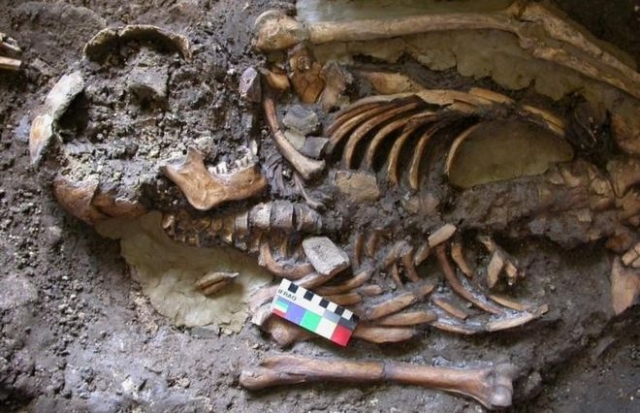Caucasus Hunter-Gatherer Discovery May Impact European Gene Pool
Scientists have revealed a 13,000 year-old hunter-gatherer bone in a Georgian cave, which had an important impact on the genetics of northern and central Europe.
According to the BBC, researchers have now analysed genomes from two hunter-gatherers from Georgia, one 13,000 and the other 9,700 years old. The results show that these Caucasus hunters were probably the source of the farmer-like DNA in the Yamnaya.
Research shows Europeans are a mixture of three major ancestral populations- indigenous hunters, Middle Eastern farmers and a population that arrived from the east in the Bronze Age.
“The Caucasus hunter-gatherer genomes show a continued mixture with their Middle Eastern cousins to the south, who would go on to invent farming 10,000 years ago. However this mixing ended about 25,000 years ago- just before the time of the last glacial maximum, or peak of the ice age,” the BBC reports.
Once the ice moved away the Caucasus groups came into contact with a different group of hunter-gatherers living on the Steppe and mixed with them, laying the genetic foundations of the Yamnaya people.
Researchers also thought this strand of ancestry may also have been associated with the spread of Indo-European languages to the region.
Photo: Eppie Jones












